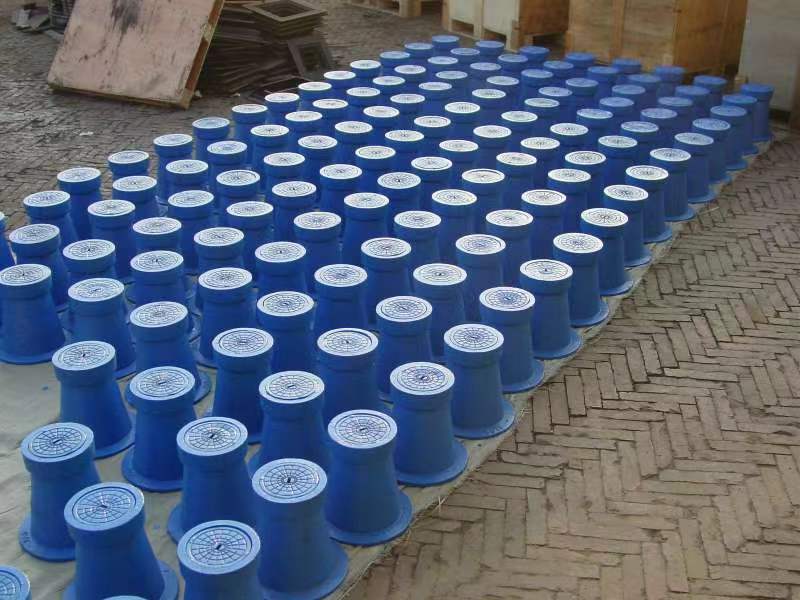Innovative Bollard Solutions for Urban Safety and Aesthetics
The Significance of Bollards in Urban Design
Bollards are more than just simple vertical posts; they play an essential role in urban design, enhancing both safety and aesthetics in our cities. Found in various environments, from bustling city streets to serene parks, these sturdy structures serve numerous purposes that benefit both pedestrians and vehicles.
At their core, bollards serve as barriers. They protect pedestrians by creating a physical separation between foot traffic and moving vehicles, significantly reducing the risk of accidents. In areas with high pedestrian traffic, such as shopping districts and public squares, bollards are strategically placed to guide foot traffic and deter vehicles from entering unauthorized zones. This is especially evident in city centers where public safety is paramount.
The Significance of Bollards in Urban Design
In addition to their role as barriers and aesthetic elements, bollards can also serve multiple functional purposes. Some modern bollards are equipped with technology that aids in urban management. For example, retractable or removable bollards allow for controlled vehicle access during specific hours, facilitating events, street fairs, or emergency services while maintaining pedestrian safety. Other bollards integrate lighting features, providing illumination for pedestrians at night and enhancing security.
t bollards

The use of bollards has evolved with advancements in materials and design. Traditionally made from concrete, steel, or wood, modern bollards can now be constructed from innovative materials that provide durability while being aesthetically pleasing. Eco-friendly materials are also gaining popularity, aligning with cities' increasing emphasis on sustainability.
Furthermore, bollards can act as a security measure in high-risk areas. In recent years, there has been a growing concern over vehicle-ramming attacks in crowded spaces, prompting urban planners to consider more robust options. Anti-ramming bollards are specifically designed to withstand significant impact, safeguarding public spaces where large crowds gather. These security measures not only protect lives but also reassure the public about their safety in urban environments.
The placement of bollards should be carefully considered within the context of each unique urban landscape. Effective placement enhances their function while minimizing visual clutter. Successful integration of bollards into the urban environment can balance safety, functionality, and beauty, making them an indispensable element of modern city planning.
As cities continue to evolve, the importance of bollards will likely increase. The shifting dynamics of urban spaces—such as the rise in pedestrian-friendly initiatives and the emphasis on safety—highlight the need for effective traffic management solutions. With their versatility and functional design, bollards will remain a critical feature in guiding urban development, improving safety, and fostering a sense of community in our public spaces.
In conclusion, bollards serve indispensable roles beyond simple barriers in urban areas. They enhance safety, contribute to aesthetics, offer multifunctional features, and adapt to contemporary challenges. As urban landscapes continue to change, the role of bollards will undoubtedly evolve, reflecting the needs and priorities of our communities.
-
The Essential Component for Safe Urban InfrastructureNewsMay.14,2025
-
The Backbone of Urban InfrastructureNewsMay.14,2025
-
Practical and Stylish Solutions for Your Drainage NeedsNewsMay.14,2025
-
Lamphole Frame and Cover: Essential for Urban InfrastructureNewsMay.14,2025
-
A Seamless and Aesthetic SolutionNewsMay.14,2025
-
A Must-Have for Safety and DurabilityNewsMay.14,2025
-
Pipe Repair Clamps: Your Ultimate Solution for Efficient RepairsNewsMay.09,2025
